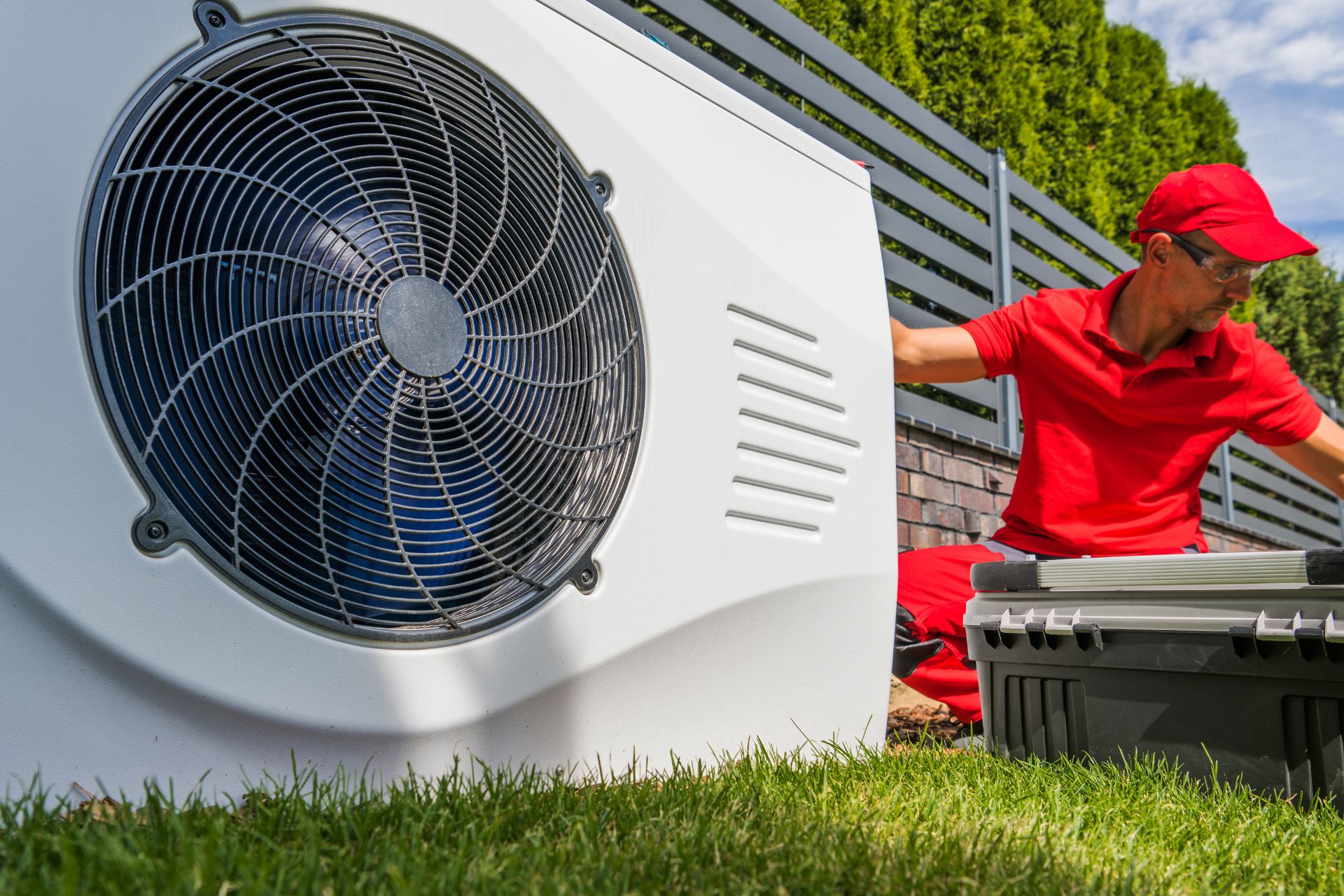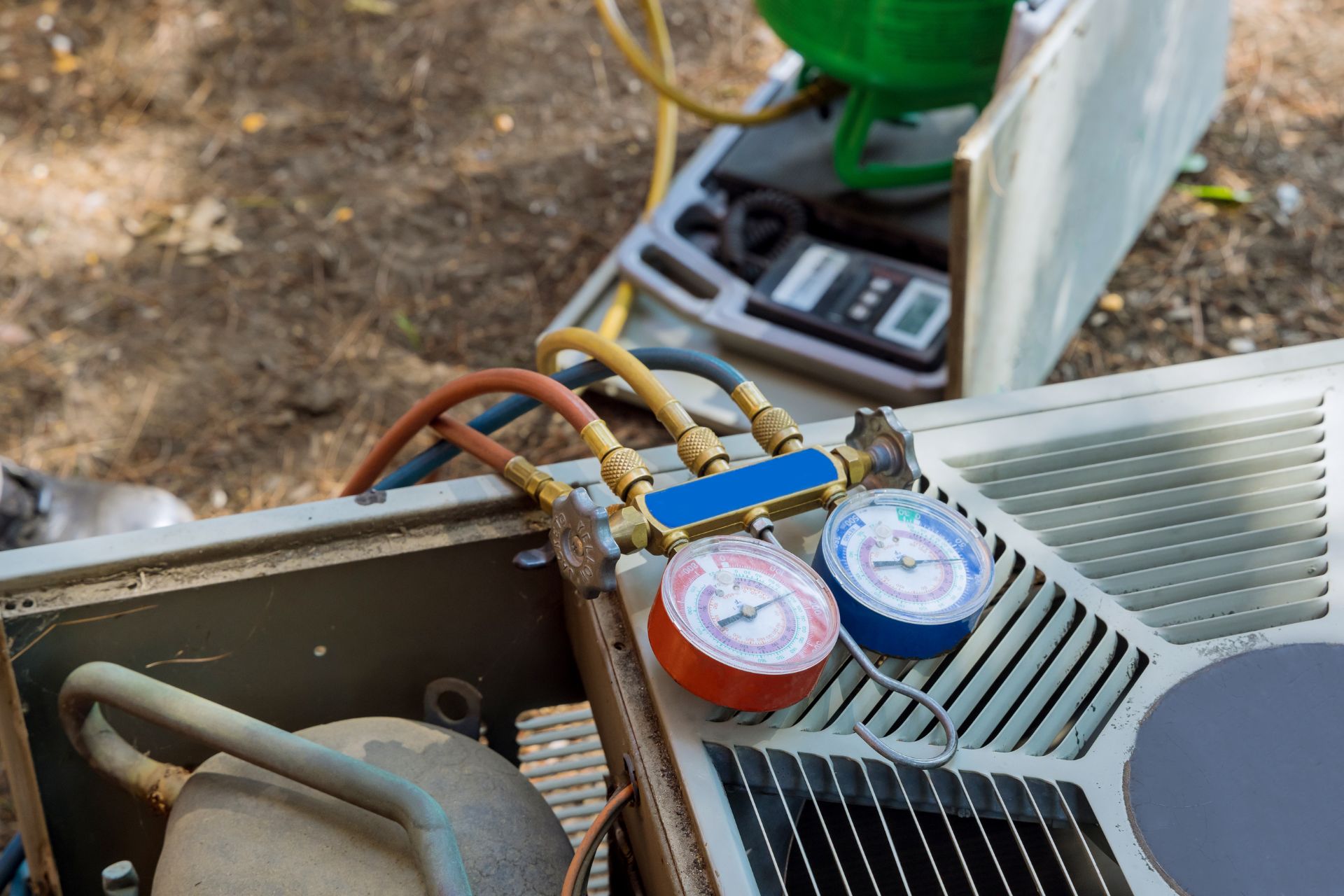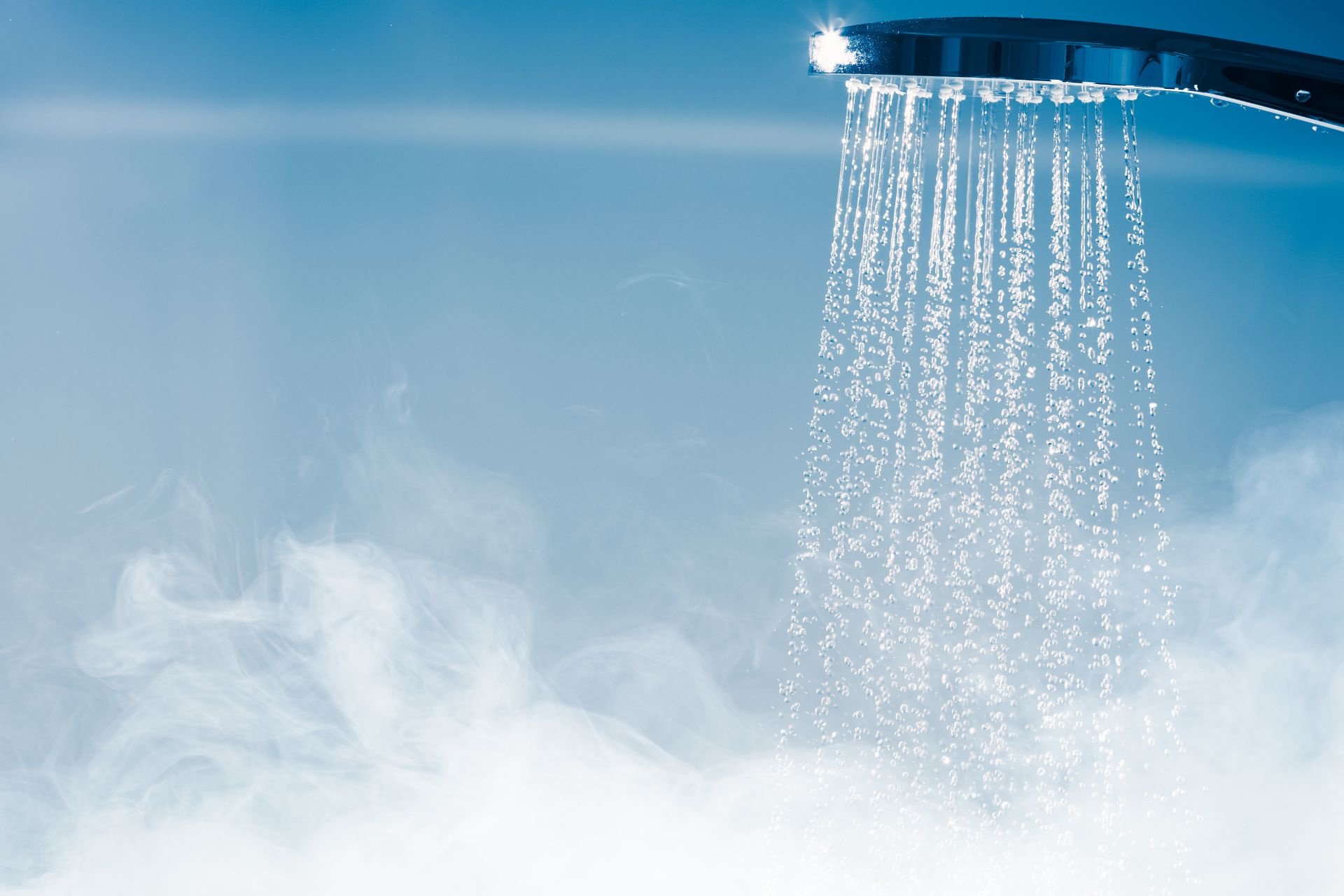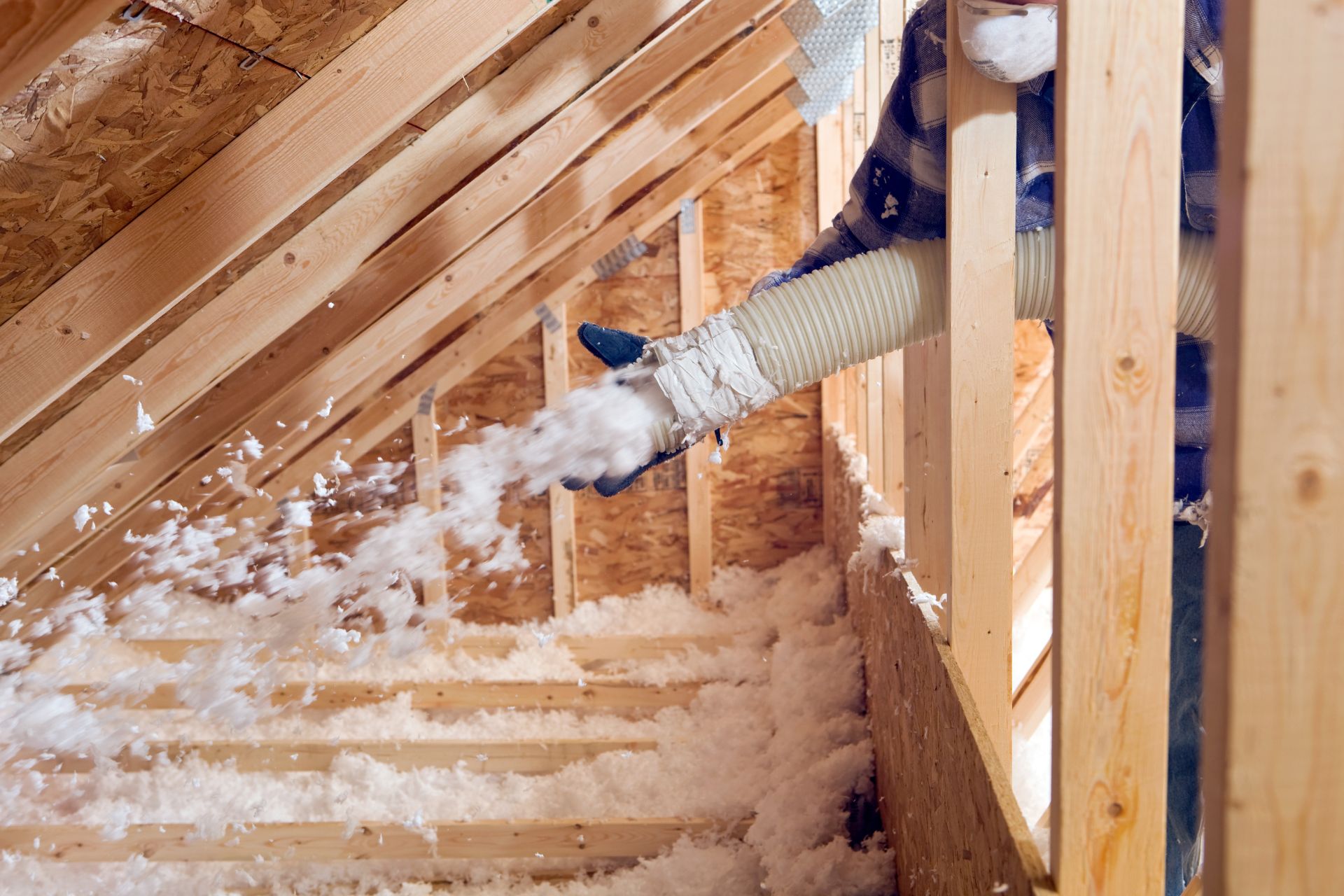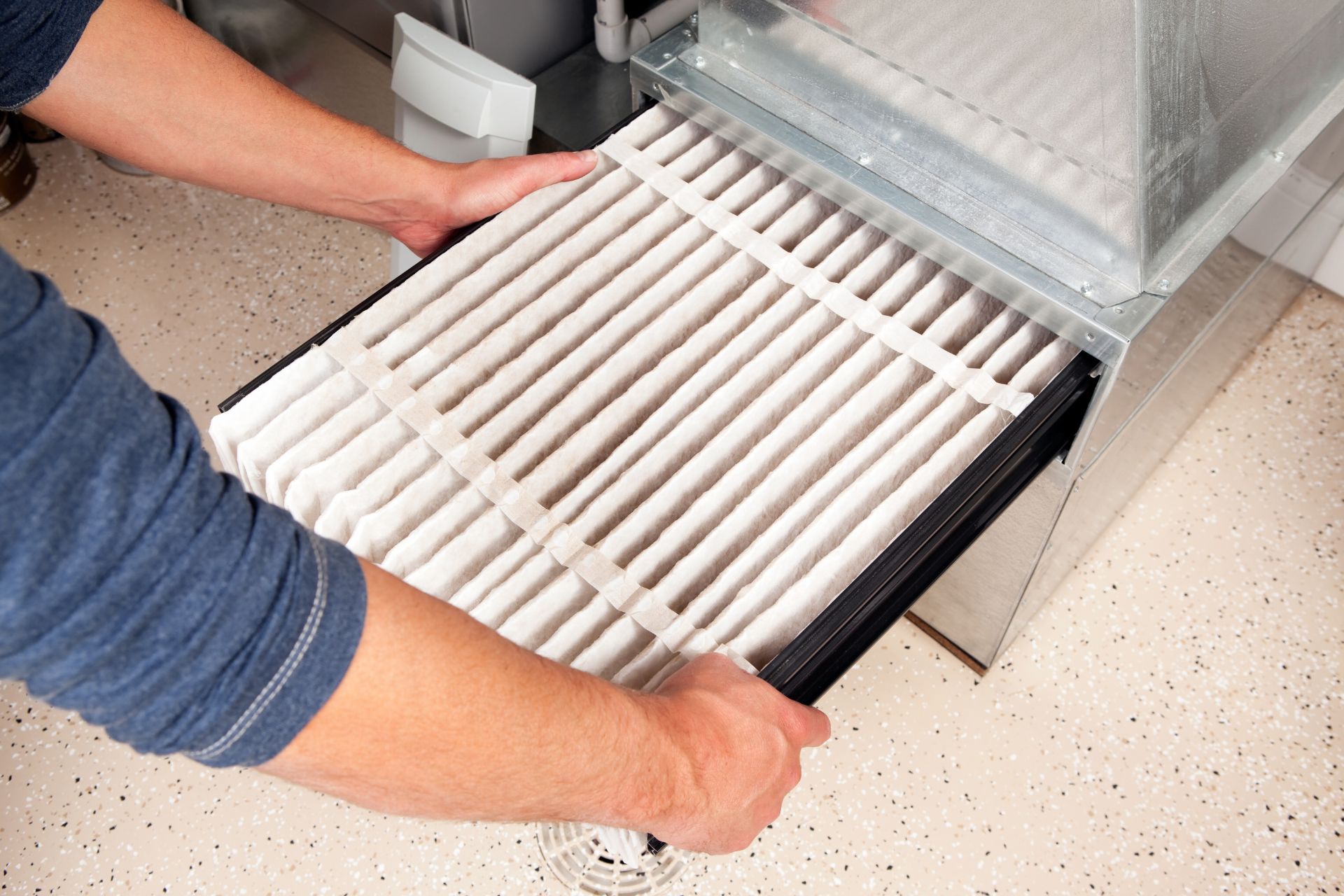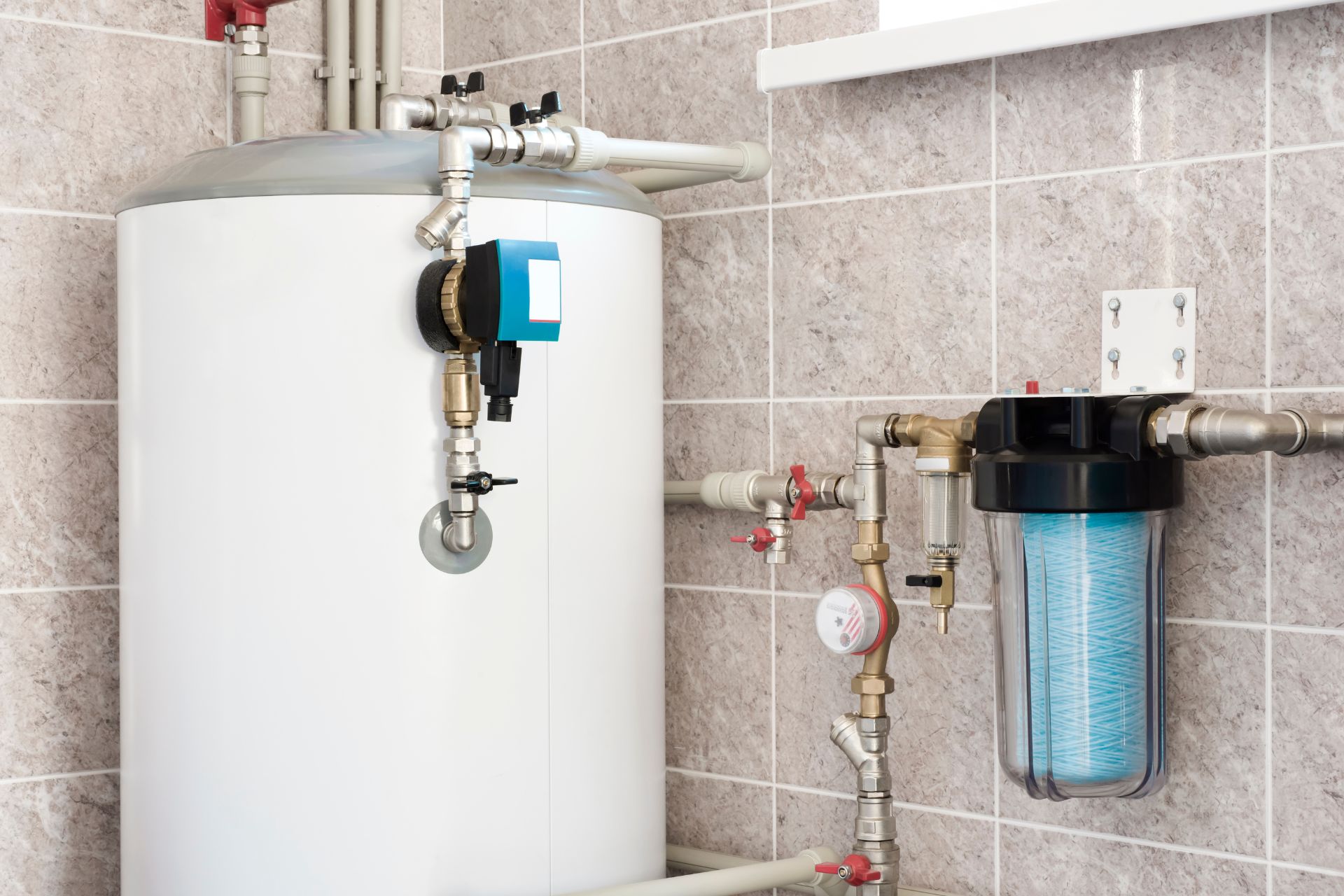Indoor air quality is a crucial aspect of a healthy and comfortable home environment. With people spending more time indoors, it’s essential to ensure that the air we breathe is clean and free from pollutants. One of the most effective ways to achieve this is by optimizing your HVAC (Heating, Ventilation, and Air Conditioning) system. In this article, we’ll explore how to improve home air quality using HVAC services. Whether you reside in Innisfil, Barrie, Simcoe County, or Northern Ontario, this guide will help you take the necessary steps to enjoy fresher, cleaner air within your living space.
Understanding the Importance of Air Quality
The first step towards improving home air quality is understanding why it matters. Poor indoor air quality can lead to various health issues, including allergies, asthma, and respiratory problems. It can also impact your overall comfort and well-being. HVAC systems play a pivotal role in maintaining a healthy indoor environment.
Regular HVAC Maintenance
To ensure your HVAC system functions optimally, regular maintenance is key. This involves cleaning and inspecting your system’s components, such as filters, coils, and ducts. A well-maintained HVAC system is more efficient at filtering out contaminants and regulating indoor air quality. Bros Home Services, based in Innisfil, offers comprehensive HVAC maintenance services to keep your system running smoothly.
High-Quality Air Filters
Air filters are the frontline defence in improving indoor air quality. By selecting high-quality air filters, you can significantly reduce the presence of allergens, dust, and other particles in your home. Bros Home Services can help you choose the right filter for your HVAC system and ensure it is regularly replaced to maintain peak performance.
UV Air Purification
UV air purification is a cutting-edge technology that uses ultraviolet light to kill bacteria, viruses, and mould in the air. This technology can be integrated into your HVAC system to enhance the quality of the air you breathe. It’s an effective solution for homeowners looking to improve indoor air quality and reduce the risk of illness.
Humidity Control
Maintaining the right humidity levels in your home is essential for air quality. High humidity can lead to mould growth, while low humidity can cause dry air and discomfort. Your HVAC system can include humidity control features to keep your indoor environment at the optimal moisture level.
Duct Cleaning
Ducts in your HVAC system can accumulate dust, allergens, and debris over time. These contaminants can circulate throughout your home, affecting air quality. Regular duct cleaning ensures that the air travelling through your system remains clean and free from pollutants.
Ventilation Solutions
Proper ventilation is vital for maintaining good air quality. HVAC systems can be equipped with ventilation features that help exchange indoor air with fresh outdoor air. This is particularly beneficial for reducing indoor air pollution and ensuring a constant supply of clean, fresh air.
Carbon Monoxide Detectors
Safety is a crucial aspect of indoor air quality. Carbon monoxide (CO) is an odourless and deadly gas that can be produced by malfunctioning HVAC systems. Installing CO detectors in your home can provide early warnings of any issues, ensuring the safety of your family.
Eco-Friendly HVAC Options
For homeowners looking to improve air quality while reducing their environmental impact, eco-friendly HVAC options are available. These systems are designed to be energy-efficient and environmentally responsible. Bros Home Services offers a range of eco-friendly HVAC solutions that can help improve air quality while minimizing your carbon footprint.
Professional HVAC Services in Innisfil, Barrie, Simcoe County, and Northern Ontario
In Innisfil, Barrie, Simcoe County, and Northern Ontario, Bros Home Services is your trusted partner for enhancing home air quality through HVAC services. With a team of experienced professionals, they offer a wide range of services to ensure your HVAC system is operating at its best. Whether you need maintenance, repairs, or installation of air purification systems, they have the expertise to meet your needs.
Final Words
The quality of the air we breathe in our homes has a direct impact on our health, comfort, and overall well-being. To ensure that your indoor environment is clean and free from pollutants, it’s essential to prioritize your HVAC system. Regular maintenance, high-quality filters, UV air purification, humidity control, duct cleaning, ventilation solutions, and carbon monoxide detectors are just some of the ways you can enhance your home’s air quality.
For those residing in Innisfil, Barrie, Simcoe County, and Northern Ontario, Bros Home Services is your go-to HVAC service provider. Their expertise and commitment to air quality and comfort make them the ideal choice for all your HVAC needs. Contact Bros Home Services today to start breathing easier and enjoy a healthier indoor environment.


